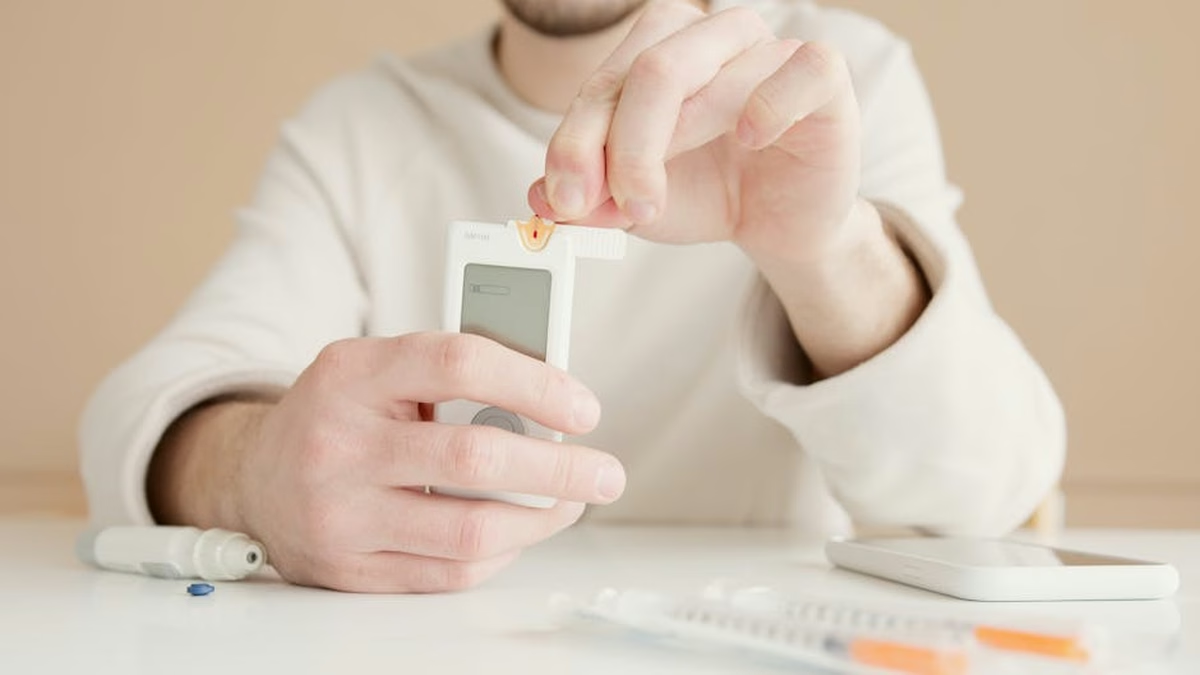Biohacking: Ethics & Applications
Introduction to Biohacking
Biohacking, also known as DIY biology, is rapidly gaining traction as individuals seek to optimize their health and well-being through unconventional methods. From tweaking diets and sleep patterns to experimenting with nootropics and genetic testing, biohacking encompasses a wide range of activities aimed at enhancing physical and cognitive performance. But with this increasing popularity comes a crucial need to understand the ethical implications and practical applications of this evolving field.
This article delves into the world of biohacking, exploring its potential benefits, associated risks, and ethical considerations. We’ll examine practical applications, provide actionable advice, and address common questions surrounding this fascinating and sometimes controversial practice.
What is Biohacking and DIY Biology?
At its core, biohacking is the practice of experimenting with your own biology to improve your health, performance, or well-being. It’s a broad term encompassing a variety of activities, from simple lifestyle changes to more advanced interventions.
Defining DIY Biology
DIY biology is a subset of biohacking that emphasizes experimentation and innovation outside of traditional scientific institutions. DIY biologists often conduct research in their homes or community labs, exploring areas like genetics, microbiology, and biotechnology. This can involve anything from growing genetically modified plants to analyzing their own microbiome.
Here’s a simple breakdown of the key aspects of biohacking:
- Self-Experimentation: Tracking data and making adjustments to diet, exercise, and sleep.
- Nutrigenomics: Using genetic information to personalize nutrition plans.
- Nootropics: Using supplements and drugs to enhance cognitive function.
- Genetic Engineering: Modifying genes for specific purposes (typically in a lab setting).
- Quantified Self: Using technology to track and analyze personal data.
Is Biohacking Ethical and Safe?
The ethical considerations surrounding biohacking are complex and multifaceted. While the pursuit of self-improvement is generally viewed positively, the methods employed can raise concerns about safety, fairness, and potential misuse.
Ethical Biohacking Considerations
Some key ethical questions include:
- Safety: Are the biohacking methods being used safe and well-researched? Self-experimentation can carry significant risks if not approached cautiously.
- Equity: Will biohacking technologies be accessible to everyone, or will they exacerbate existing inequalities? Access to advanced biohacking techniques could create a divide between those who can afford them and those who cannot.
- Informed Consent: Are individuals fully informed about the potential risks and benefits before engaging in biohacking activities?
- Regulation: Should biohacking be regulated to prevent harm and ensure responsible innovation?
Biohacking Risks and Mitigation Strategies
The risks associated with biohacking depend heavily on the specific methods being used. Some potential risks include: Boost Immunity This Fall!…
- Health Risks: Unforeseen side effects, allergic reactions, and long-term health consequences.
- Legal Risks: Legal implications surrounding the use of certain substances or technologies.
- Psychological Risks: Obsessive behavior, anxiety, and unrealistic expectations.
To mitigate these risks, it’s crucial to:
- Do Your Research: Thoroughly investigate any biohacking method before trying it.
- Consult with Professionals: Seek advice from doctors, nutritionists, and other qualified healthcare providers.
- Start Slowly: Begin with small changes and gradually increase the intensity of your experiments.
- Track Your Progress: Monitor your health and well-being to identify any potential problems.
- Prioritize Safety: Always prioritize safety over potential benefits.
Potential Benefits of Biohacking
Despite the risks, biohacking offers the potential for significant benefits, including improved health, enhanced cognitive function, and increased longevity. Many people are drawn to biohacking as a way to take control of their own health and well-being.
Examples of Biohacking Applications
Here are some examples of how biohacking can be applied in practice:
- Improved Sleep: Optimizing sleep patterns through techniques like blue light blocking and sleep tracking.
- Enhanced Cognitive Function: Using nootropics to improve focus, memory, and creativity.
- Increased Energy Levels: Optimizing diet and exercise to boost energy and reduce fatigue.
- Weight Management: Using personalized nutrition plans and intermittent fasting to achieve weight loss goals.
- Disease Prevention: Identifying and addressing potential health risks through genetic testing and lifestyle modifications.
Practical Biohacking Applications
Let’s explore some practical applications of biohacking that individuals can implement safely and responsibly.
Dietary Biohacking
Diet plays a critical role in overall health and well-being. Dietary biohacking involves making strategic food choices to optimize your body’s function. Some common dietary biohacks include:
- Intermittent Fasting: Cycling between periods of eating and fasting to improve insulin sensitivity and promote weight loss.
- Ketogenic Diet: Consuming a high-fat, low-carbohydrate diet to induce ketosis and improve mental clarity.
- Personalized Nutrition: Tailoring your diet based on your genetic makeup and individual needs.
Sleep Optimization
Quality sleep is essential for physical and cognitive health. Sleep biohacking involves using techniques to improve your sleep quality and duration. Some effective sleep biohacks include:
- Blue Light Blocking: Wearing blue light blocking glasses in the evening to reduce exposure to artificial light.
- Sleep Tracking: Using wearable devices to monitor your sleep patterns and identify areas for improvement.
- Creating a Relaxing Bedtime Routine: Establishing a consistent routine to signal to your body that it’s time to sleep.
Nootropics and Cognitive Enhancement
Nootropics are substances that can enhance cognitive function. While some nootropics are prescription medications, others are natural supplements. Some popular nootropics include:
- Caffeine: A stimulant that can improve alertness and focus.
- L-Theanine: An amino acid that can promote relaxation and reduce anxiety.
- Creatine: A compound that can improve memory and cognitive performance.
Important Note: Always consult with a healthcare professional before using nootropics, especially if you have any underlying health conditions.
How to Get Started with Biohacking Responsibly
If you’re interested in exploring the world of biohacking, it’s essential to approach it responsibly. Here are some tips to help you get started:
- Start with Simple Changes: Begin with small, manageable changes to your diet, sleep, or exercise routine.
- Track Your Progress: Monitor your health and well-being to identify any potential problems.
- Consult with Professionals: Seek advice from doctors, nutritionists, and other qualified healthcare providers.
- Do Your Research: Thoroughly investigate any biohacking method before trying it.
- Prioritize Safety: Always prioritize safety over potential benefits.
Conclusion: The Future of Biohacking
Biohacking is a rapidly evolving field with the potential to revolutionize healthcare and human performance. By understanding the ethical considerations and practical applications of biohacking, individuals can make informed decisions about their health and well-being. As technology continues to advance, we can expect to see even more innovative biohacking techniques emerge. However, it’s crucial to approach biohacking responsibly, prioritizing safety and ethical considerations above all else. The future of human enhancement and DIY biology depends on it, paving the way for ethical biohacking.
Frequently Asked Questions
Q1: What is biohacking and DIY biology?
This important question is covered in detail in the sections above. Review the related content for comprehensive answers.
Pumpkin Detox: Post-Halloween Cleanse…
Q2: Is biohacking ethical and safe?
This important question is covered in detail in the sections above. Review the related content for comprehensive answers.
Q3: What are the potential benefits of biohacking?
This important question is covered in detail in the sections above. Review the related content for comprehensive answers.
Q4: What are the risks associated with biohacking?
This important question is covered in detail in the sections above. Review the related content for comprehensive answers.
Q5: How can I get started with biohacking responsibly?
This important question is covered in detail in the sections above. Review the related content for comprehensive answers.
References & Further Reading
For more information about The Rise of Biohacking: Ethical Considerations and Practical Applications, consider these authoritative sources:
-
Centers for Disease Control and Prevention
Leading national public health institute of the United States.
Source: cdc.gov -
World Health Organization
Global authority on international public health.
Source: who.int -
Mayo Clinic Healthy Lifestyle
Evidence-based health advice from medical experts.
Source: mayoclinic.org
These external resources provide additional scientific and medical insights.






